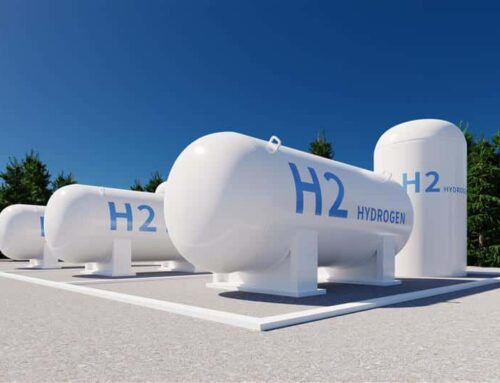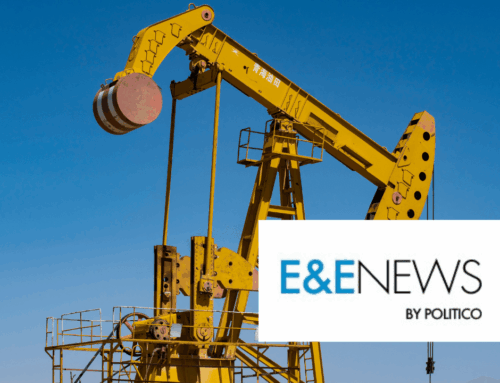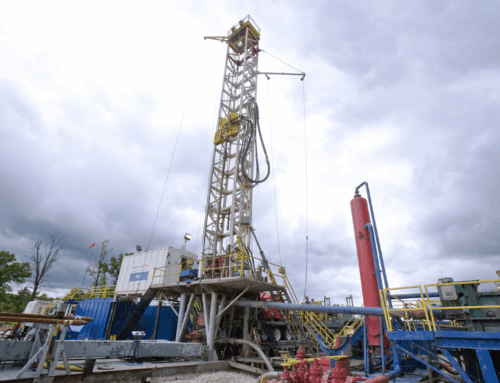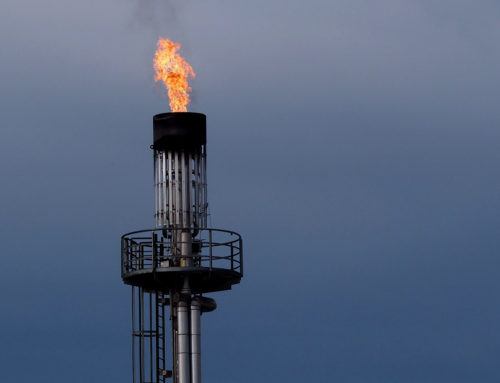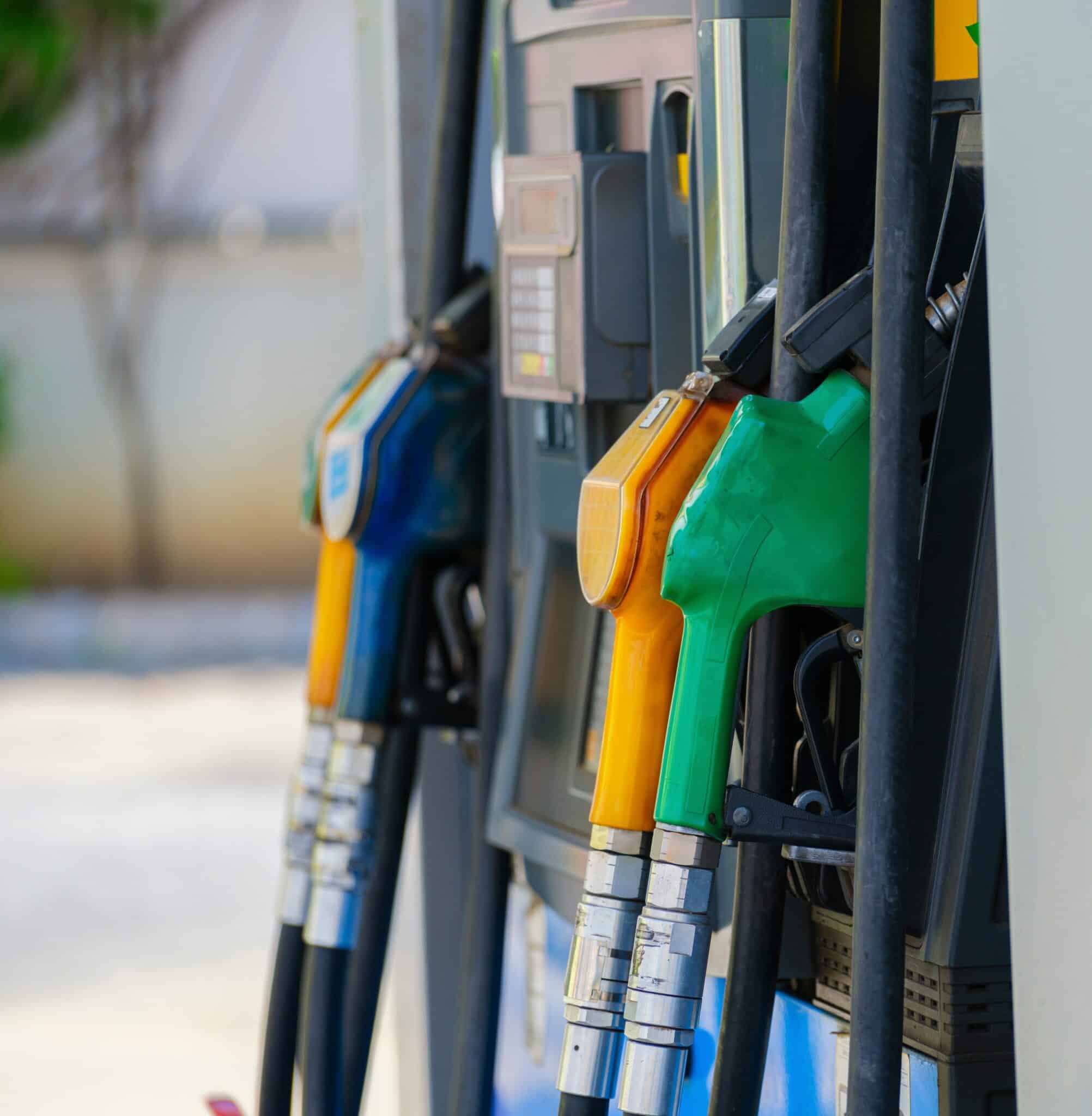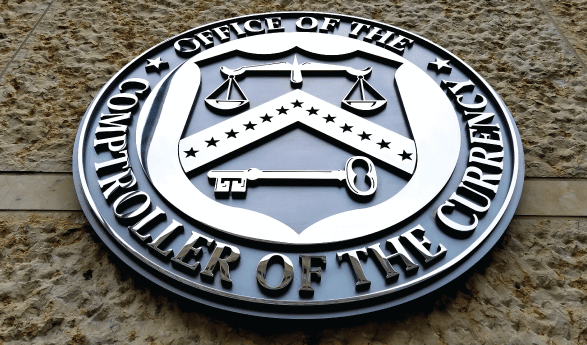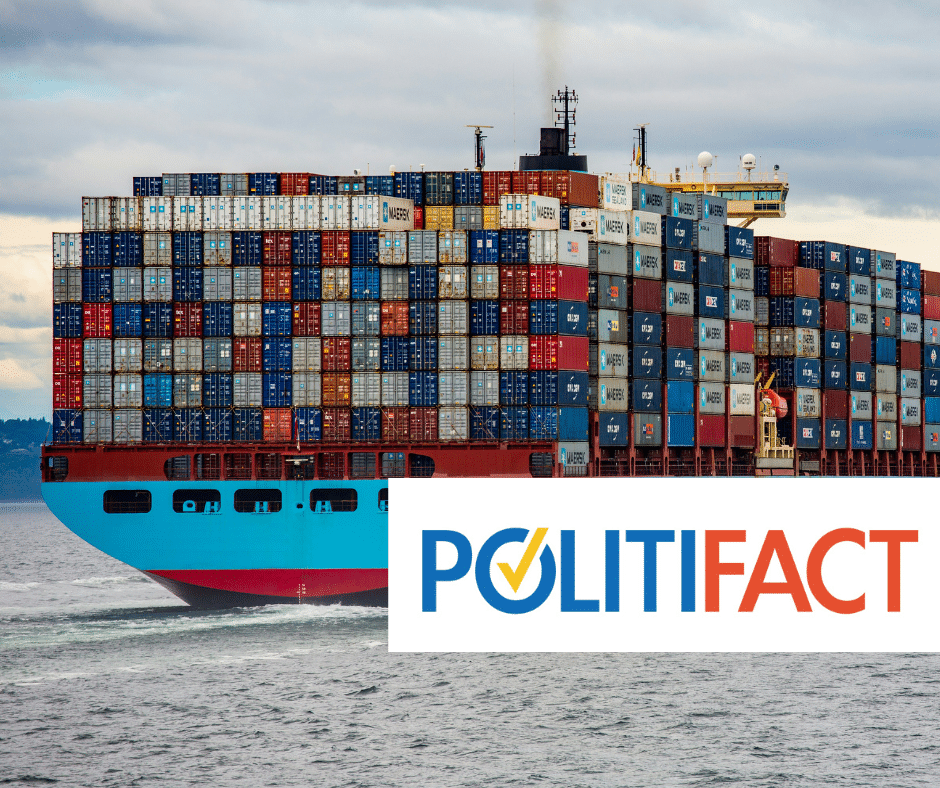The U.S. House of Representatives’ FY2025 budget reconciliation bill, known as the One Big Beautiful Bill Act, would repeal the Methane Emissions Reduction Program (MERP) and delay implementation of the methane waste emission charge. The provision was proposed in the House Committee on Energy and Commerce’s draft text, approved by the committee on May 13, and passed by the House unchanged on May 22.
The One Big Beautiful Bill Act contains significant changes to federal policies and spending. Title IV, the Energy and Commerce title, includes major changes to Medicaid, rescissions of potentially billions of dollars in unallocated funds from the Inflation Reduction Act of 2022 (IRA), and provisions that aim to accelerate permitting for energy development projects. Section 42113, “Repeal of Funding for Methane Emissions and Waste Reduction Incentive Program for Petroleum and Natural Gas Systems,” would rescind unobligated financial incentives for oil and gas operators to reduce methane emissions and postpone a fee on excessive methane waste—originally set to begin in 2024—to 2034.
The MERP is a fiscally responsible measure to curb methane waste—a practice that costs taxpayers millions in lost revenue, keeps a valuable energy resource from reaching consumers, and threatens the health of our communities. Efforts to undo the waste emissions charge are shortsighted and will only reward industry bad actors and subsidize the extremely profitable oil and gas industry at taxpayers’ expense.
Every year, companies release hundreds of billions of cubic feet of natural gas into the atmosphere during the extraction, development, and transportation of oil and gas. While much of this waste can be economically captured and brought to market, operators often prioritize rapid oil extraction over gas capture, leaving taxpayers and consumers to shoulder the fallout. This avoidable waste keeps a valuable energy resource from consumers and denies federal, tribal, and state governments critical royalty revenues.
The waste emissions charge requires the oil and gas industry to account for some of the costs associated with this waste, creating the incentive to reduce methane emissions and capture more of this energy source. The fee—$900 per ton of methane in 2024, $1,200 in 2025 and $1,500 in 2026—only applies to emissions above a certain threshold from facilities emitting over 25,000 metric tons of carbon dioxide equivalent (CO2e) annually. With numerous exemptions, less than 500 oil and gas facilities are predicted to be subject to the charge.
Federal taxpayers have already provided generous financial incentives to industry to reduce methane waste. The MERP offers financial and technical support to companies to promote best practices and innovative emissions reduction solutions. The program was appropriated $1.55 billion in the IRA, much of which has already been awarded and cannot be rescinded. The Congressional Budget Office (CBO) estimates the provision will reduce federal outlays by only $150 million. These incentives were aimed at helping industry accelerate waste reduction in preparation for the fee — a goal that would be undermined by delaying its effect.
Delaying the start of the waste emissions charge also delays its revenue generation. The fee is projected to generate $7.2 billion over the next decade (2025-2034), in addition to royalty revenue from the additional natural gas now brought to market. Shockingly, the CBO fails to account for this lack of revenue in its cost estimate of the provision, instead only considering the recissions of financial incentives, which result in limited net savings.
In a bill focused on reducing the deficit, policymakers should support this commonsense measure that protects American resources and generates much-needed revenue.



